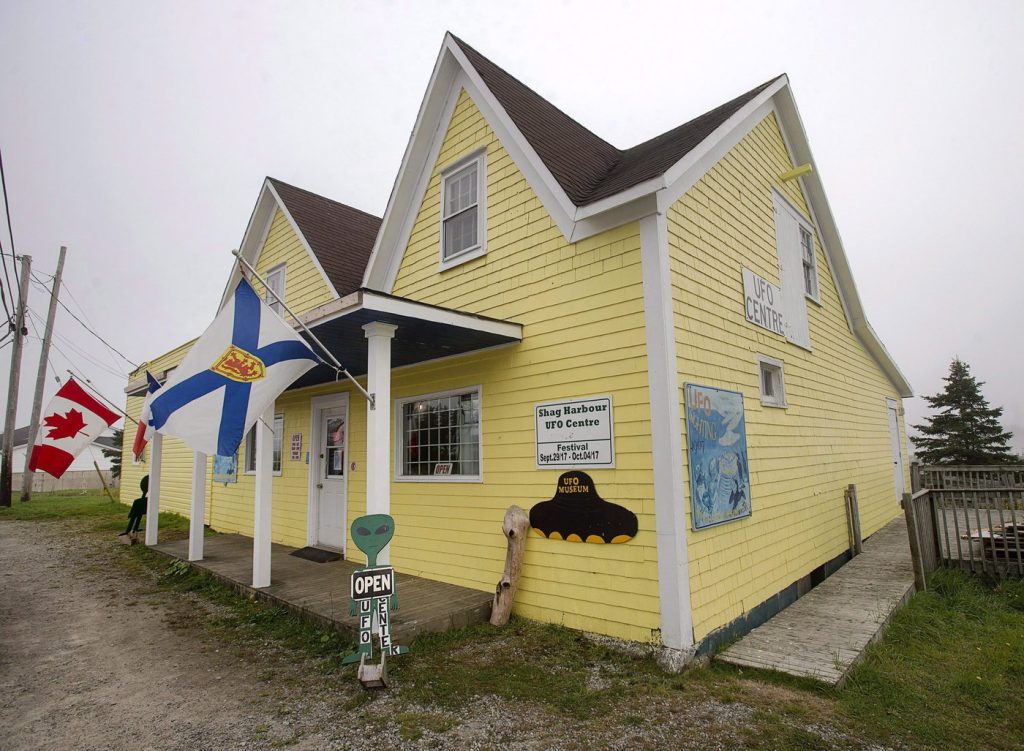Canada Urged to Establish Formal System for Investigating UFOs/UAPs Amid Growing Public Interest and Misinformation
A groundbreaking new report calls on the Canadian government to establish a dedicated system for managing and investigating reports of unidentified aerial phenomena (UAPs), formerly known as UFOs. The report emphasizes the need for a cohesive, scientifically rigorous approach to address the public’s long-standing fascination with these sightings, combat misinformation, and foster greater transparency. It suggests assigning a federal agency, such as the Canadian Space Agency, to lead the effort, collecting testimonies, conducting investigations, and publicly releasing analyses. This move is deemed crucial to address the growing public interest in UAPs and mitigate the spread of false narratives surrounding these often-unexplained occurrences.
For decades, the topic of UFOs has captured the public imagination, often intertwined with speculation about extraterrestrial life. However, the report notes a recent shift towards the more neutral term “UAP,” which encompasses a broader range of aerial anomalies. This change in terminology is seen as a positive step towards reducing the stigma and ridicule often associated with UFO reports, encouraging more witnesses to come forward and facilitating scientific inquiry. The report highlights the significant consequences of stigmatization, which can hinder both eyewitness accounts and serious research efforts. By adopting the more inclusive UAP terminology, the report argues, Canada can foster a more open and credible environment for exploring these phenomena.
The report acknowledges that while many sightings can be explained as optical illusions, atmospheric events, or human activity, a significant portion remains unexplained. This lack of clear explanation, coupled with the absence of a standardized reporting and investigation system, creates fertile ground for misinformation and disinformation. The proliferation of false narratives erodes public trust in credible sources, including scientists, journalists, and government institutions. This underscores the need for a centralized, authoritative body to collect and analyze data, disseminate accurate information, and counter the spread of unsubstantiated claims.
Historically, various Canadian federal agencies have dealt with unusual aerial sightings, beginning with Project Second Storey in 1952, established by the Defence Research Board during the Cold War. Currently, Transport Canada’s Civil Aviation Daily Occurrence Reporting System records UAP sightings that impact aviation safety. The Royal Canadian Air Force and the Department of National Defence also receive reports through their operational networks, while police forces and civilian organizations like Ufology Research of Manitoba and MUFON Canada gather and analyze citizen reports. However, the report criticizes the current fragmented approach, emphasizing the absence of a unified system for reporting and follow-up in Canada.
The report draws inspiration from the approaches adopted by the United States, France, and Chile, highlighting their coordinated, transparent, and scientifically driven UAP investigation systems as potential models for Canada. It recommends designating a respected scientific organization, such as the Canadian Space Agency, to manage public data on sightings, conduct investigations, and actively debunk misinformation by responding to public and media inquiries. This centralized agency would also be responsible for documenting and communicating common misinterpretations of aerial observations, providing clear and accessible information to the public. Critically, the report advocates for making the collected data publicly available to promote transparency and support further research by independent investigators and scientists.
The report emphasizes the need for robust scientific methods and transparent communication regarding UAP sightings, arguing that this represents a crucial step towards enhancing public understanding and combating misinformation. By adopting a standardized reporting system, conducting rigorous investigations, and proactively addressing misinformation, Canada can take a significant step forward in addressing this long-standing and complex issue. This transparent and scientifically grounded approach would not only provide valuable insights into the nature of UAPs but also strengthen public trust and foster informed discussion about these enigmatic phenomena. The report ultimately argues that a proactive and transparent approach to UAP investigation is essential for both scientific advancement and maintaining public trust in the face of a phenomenon that continues to capture public attention and generate speculation.


